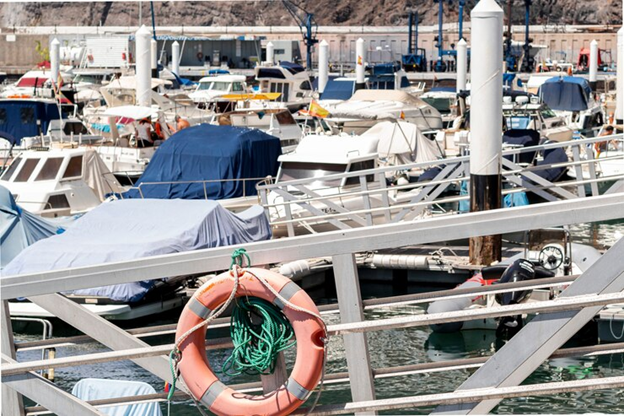
Boat epoxy and GNSS receivers are also known as vital boat epoxy for swift sailing. Every hunter who owns a boat has to understand that the boat has to be in the right condition.
Everything handcrafted has to be reliable from the frame to the rudder, concerning tools, it is clear they count for something.
The Power of Boat Epoxy
Soldering material or one metal is rejoined to the other through the practice of bonding and repair when the metals are to be joined together. Marine epoxy is referred to as boat epoxy materials and is a very preferable adhesive for boat construction intended for withstanding the probe marine conditions.
They especially excel in connecting materials that are different from each other, it is quite tough, shields the material from water, and is not affected by UV or saltwater. Here’s why boat epoxy is a must-have for any boater:
Structural Repairs: Epoxy can be used for many of the repairs for instance in cracking areas of fiberglass hulls, deck and bulkhead delamination, and for fixing loose fittings and such like.
Adhesive Applications: It is also important to note that boat epoxy is ideal for fixing the deck and hulls, fixing the boat’s essential fixtures, or fixing areas that have been damaged on a boat through exposure to wood, fiberglass, and even metal.
Waterproofing: Applying epoxy in sealing makes it an extremely closed surface and this would assist in preventing leakage and water damage.
GNSS Receivers: Dealing With the Curriculum in Outline
A GNSS receiver is one of the must-have items that any boater should have with them. It receives data from several satellites and provides the exact position data to the charting or mapping electronics.
It is important to highlight the following benefits of the new technology compared to traditional maritime navigation:
Enhanced Accuracy: GNSS receivers offer precise coordinates, and thus aid in offering safer direction especially when the navigator is in unfamiliar waters.
Real-Time Updates: GNSS receivers provide position information all the time which enables the boaters to maintain the right direction and some of the obstacles.
Integration with Chartplotters: The chartplotters can also be connected to many GNSS Receivers which show your exact position on the electronic charts.
Factors of GNNS Receivers
Here are some key factors to consider:
Level of Accuracy: The sophisticated ones like the higher accuracy receivers are suitable for offshore navigation while the ordinary ones will be appropriate for recreational boaters.
Display Options: While some GNSS receivers incorporate their screens some of them interface with chart plotters or even portable devices to display the information.
Additional Features: Many GNSS receivers are equipped with such special functions as the ability to set a point, plan the route, and connect with autopilot.
Conclusion
Boat epoxy should be used when repairing a boat while a reliable GNSS receiver is a critical asset when boating since it makes the activity safer and more enjoyable. Boat epoxy lets you take charge of fixing and ensuring your boat’s durability Boat epoxy gives you the ability to do the fix while a GNSS receiver gives you accurate navigation and present location information.
These are the tools that are so important and with them, you can maneuver with so much ease and explore new areas in your boating fully.




